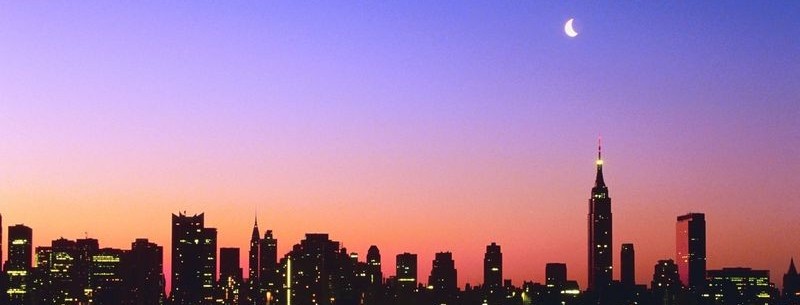We turn the clocks ahead an hour on March 9th, and will experience Daylight Savings Time until early November. Certainly the days have already gotten longer, the only sign of spring since we’ve continued to have such cold temperatures this year. I’m always thrown off by these time changes, which affect our circadian rhythms, but bureaucracies around the world continue to adhere to them.
We’ve had DST from March to November since 2007. Going back to the 50s, it was April to October. From the 20s, it was April to September, so we’re in a trend of more DST. There are conflicting opinions as to whether this saves energy, as originally intended by thrifty Capricorn Ben Franklin. I vividly recall the years 1974 and 1975 during the energy crisis, when Daylight Time started in January and February. We would get up to get ready for school and it was still completely dark! A friend awoke one morning, took her shower, turned on the radio, and only then realized it was just 3:00 AM – it was hard to tell the difference in those days.
Astrologers try to keep track of all of these changes, since the hours’ difference can make for important changes in a horoscope. States like Illinois and Pennsylvania have had confusing time standards for record-keeping, and states like Indiana and Tennessee, which border two time zones, also make for challenges in calculating birth charts.
Arizona, Hawaii, Guam the Virgin Islands and other U.S. territories do not observe DST. These places are closer to the equator, and their periods of daylight do not vary as much over the years.
